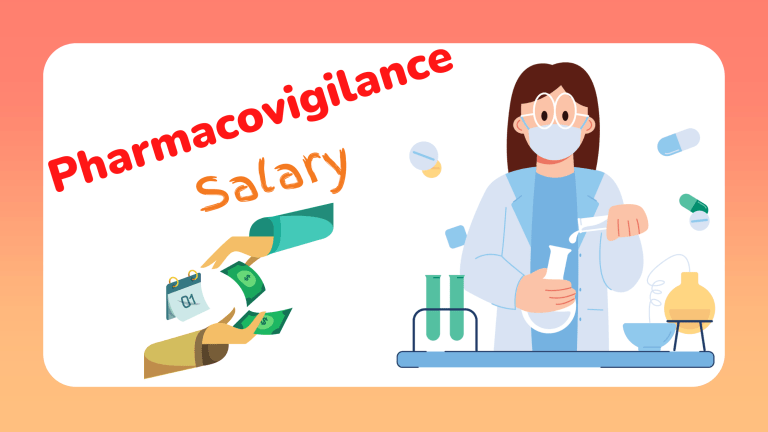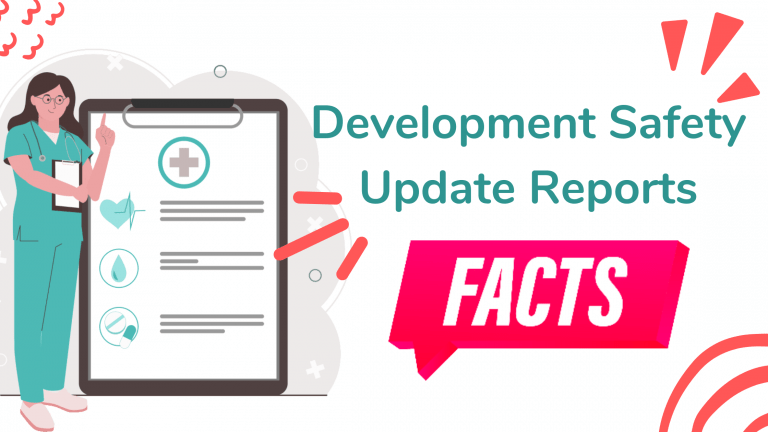The Importance of Pharmacovigilance in Ensuring Drug Safety: A Guide for Healthcare Professionals
The Importance of Pharmacovigilance in Keeping Drugs Safe: A Guide for Healthcare Workers
Introduction
The word “pharmacovigilance” comes from two words: the Greek word “pharmakon” which means drug and the Latin word “vigilare,” which means to watch over. Pharmacovigilance is super important for health around the world. It’s all about watching, measuring, and understanding bad effects and other problems related to drugs. Keeping drugs safe is really important as healthcare changes and grows. That’s why pharmacovigilance is getting more and more important because it helps take care of patients and keep drugs safe.
This guide is made to help healthcare workers understand what pharmacovigilance is and why it’s important to keep medications safe. It talks about what pharmacovigilance is, how it has changed over time, how healthcare workers help, what makes a good pharmacovigilance system, and dealing with problems in this area.
Understanding Pharmacovigilance
– What is Pharmacovigilance and Where Did It Come From: Pharmacovigilance is about scientifically watching the effects of drugs that have been approved and those that are still being tested in trials after they are available to people. It is important for seeing any changes that drugs might have, so they don’t hurt people. It started because of a problem with a drug called Thalidomide in the 1960s, which showed how important it is to watch the safety of drugs really closely.
– How Rules for Drug Safety Have Changed: Organizations around the world, like the U.S. FDA and the European Medicines Agency (EMA), have made rules to keep people healthy. These rules make sure there is consistent watching and responsibility in the drug industry, protecting patients and making drugs safer.
– Main Goals of Pharmacovigilance: The main goals are to find new risks, stop patients from getting hurt, make sure rules are followed, and improve how safely drugs are used.
The Role of Healthcare Workers in Pharmacovigilance
– Watching for Bad Drug Reactions (ADRs): Noticing and writing down bad reactions is a basic duty for healthcare workers. Detailed notes help create a full safety picture for any drug.
– How to Report and Follow Steps: Healthcare workers should learn how to use local and international reporting systems like the FDA’s MedWatch and encourage regular reporting of bad drug reactions to make drugs safer.
– Teaching Patients About Possible Side Effects: Talking well between healthcare workers and patients is crucial for understanding the risks and getting patients involved in watching their health.
Why Pharmacovigilance Matters
– Keeping Patients Safe and Improving Public Health: By actively watching and reporting drug safety data, pharmacovigilance actions help reduce risks and protect patients from unnecessary harm.
– Finding Rare and New Bad Drug Reactions: Collecting and checking safety data helps find rare side effects quickly, stopping them from hurting lots of people.
– Stopping Bad Health and Death from Drugs: Acting fast and watching closely can stop bad reactions that could lead to serious health issues or death, keeping patients healthy.
Key Parts of a Pharmacovigilance System
– Collecting and Using Data: Good pharmacovigilance needs correct collecting and handling of safety data from different places, like clinical trials, spontaneous reports, and reviewed literature. Using advanced tools and management is key for keeping data quality high and easy to find.
1. Where Drug Safety Data Comes From: Clinical trials, post-marketing checks, patient groups, and literature reviews.
2. Why Entering Data Right Matters: Makes sure drug safety checks are true and reliable.
3. Tools and Technologies for Managing Data: Databases, artificial intelligence, and electronic reporting systems.
– Finding Signals and Analyzing Them: Spotting safety signals, which are signs of a possible cause and effect link between a drug and a bad event, is a basic process.
1. Ways to Find Drug Safety Signals: Ratios, methods using probability, and other statistics.
2. Using Statistical Tools and Techniques: Tools like EudraVigilance and VigiBase help with data analysis.
3. How Expert Groups Help Decide: They work together to check and understand the meaning of found signals.
– Deciding the Risks and Sharing Information: After understanding a bad reaction, deciding its impact, and sharing info with people involved is critical.
1. How to Figure Out ADR Impacts: Using studies to measure and describe risks.
2. Clear Talk with Healthcare Workers and Patients: Makes sure drug safety info is understood well.
3. Making Risk Management Plans: Planning ahead and strategies to minimize known drug risks.
Challenges in Pharmacovigilance
– Not Reporting Enough and Bad Data Quality: Many bad drug reactions don’t get reported, causing gaps and incomplete safety profiles.
– Different Standards and Practices Worldwide: Different healthcare and rule systems worldwide make it hard to have consistent pharmacovigilance activities.
– Fast-Changing Drug World and New Treatment Areas: New therapies and personalized medicine need a more flexible and responsive pharmacovigilance framework.
What Healthcare Workers Can Do
– Keep Learning Through Continuous Education: Joining workshops, seminars, and other learning chances helps grow understanding and skill in pharmacovigilance.
– Promote Safety and Openness: Encourage open talks and work together to effectively address medication safety concerns.
– Work with Regulatory Agencies and Other Parties: Build strong connections and communication paths with regulatory bodies and industry partners for better drug safety efforts.
Real-Life Success Stories and Lessons
– Learning from Big Pharmacovigilance Wins: Monitoring HPV vaccine safety by WHO and finding heart risks connected to rofecoxib.
– Learning from Past Drug Incidents: The Thalidomide tragedy, the resulting rule changes, and the 2004 stopping of Rofecoxib due to heart risks.
– Examples of Active Pharmacovigilance: Real-time patient watching systems and automatic warning tools used in top healthcare institutions.
The Future of Pharmacovigilance
– New Trends and Tech Improvements: Mixed machine learning and big data analytics to quickly manage safety data.
– How Artificial Intelligence and Machine Learning Helps: Advanced programs help spot patterns and find possible risks right away.
– Possibilities with Personalized Medicine and Patient Watching: In the future, pharmacovigilance might be tailored to individual genetic profiles, making drugs more effective and safe.
Conclusion
Pharmacovigilance is without a doubt a key part of modern healthcare, ensuring both patient safety and the trust in drugs. As healthcare workers, sticking to strong pharmacovigilance practices is vital to support safe drug use and better patient results. Keep up with the field’s growth, supported by tech innovations, to make sure your role in checking drug safety stays good and makes a difference.
References
– World Health Organization. (2019). Pharmacovigilance.
– U.S. Food & Drug Administration. MedWatch: The FDA Safety Information and Adverse Event Reporting Program.
– European Medicines Agency. Pharmacovigilance System Manual.
– Pharmacovigilance Foundations Contact information for questions: [Your E-mail/Contact Information]
For reading more and getting details, please check these trusted sources:
– WHO Global Pharmacovigilance Database.
– FDA Adverse Event Reporting System (FAERS) Public Dashboard.






